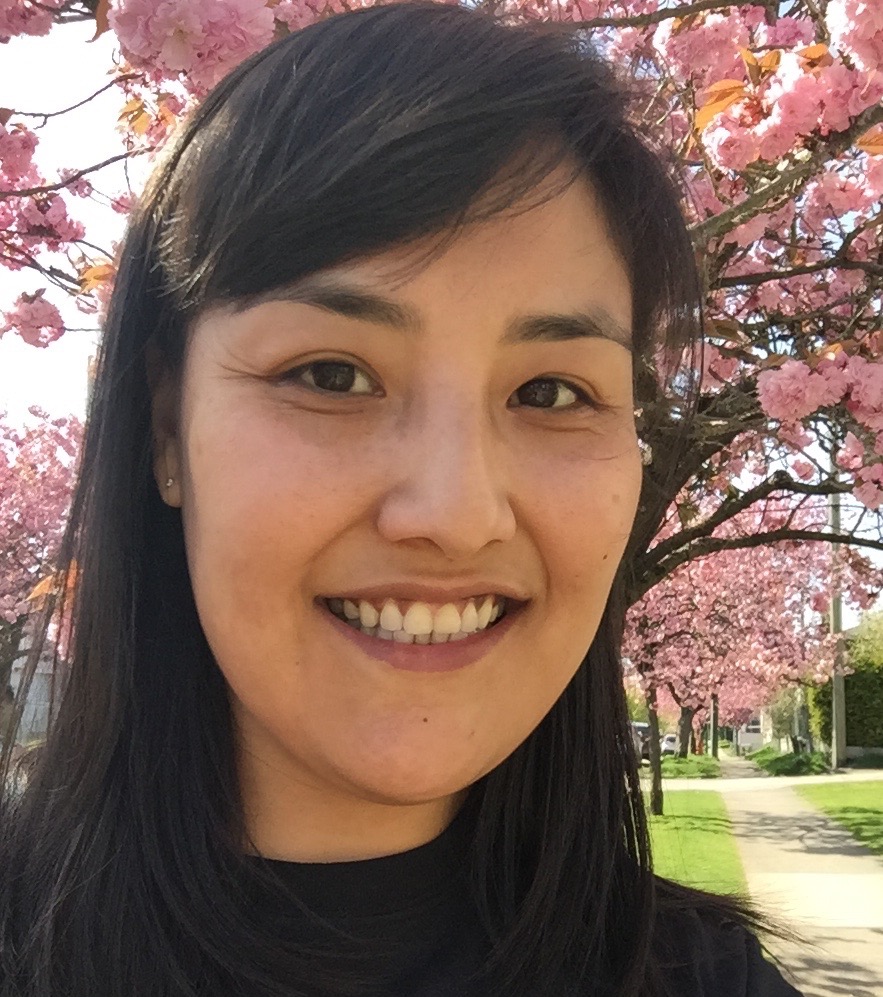Embodied Heritage: Enactments of Indigenous Sovereignty

In the contemporary era, Indigenous nationhood exists at multiple scales. It’s most visible and recognized in elected councils that negotiate rights with settler states, but far less visible to the outside world are the dynamic ways of knowing, being and doing that continue to anchor Indigenous sovereignty in place. From the Ts’msyen Nation, I provide examples of feasting, land and waterway protection, repatriation and dance groups to highlight the role that embodied heritage plays in maintaining and reinforcing Ts’msyen law, politics and nationhood.
Speaker Name
Date
Quarter
Speaker Bio
Dr. Robin Gray is Ts’msyen from Lax Kw’alaams, BC, and Mikisew Cree from Fort Chipewyan, AB. She is an Assistant Professor in the Department of Sociology at the University of Toronto Mississauga. Prior to joining the faculty at U of T, she held a two-year UC President’s Postdoctoral Fellowship at the University of California Santa Cruz and earned her Ph.D. in Socio-cultural Anthropology and a Graduate Certificate in Native American and Indigenous Studies (2015) from the University of Massachusetts Amherst. Her current research focuses on the repatriation of Ts’msyen songs from archives, and foundational issues related to the preservation, management, ownership, access and control of Indigenous cultural heritage. Her book manuscript, tentatively titled Indigenous Repatriation: Law, Property and Nationhood (in progress), analyzes the colonial power dynamics engendered by the transformation of Indigenous cultural heritage into the property of people, states and institutions unrelated to the source community.